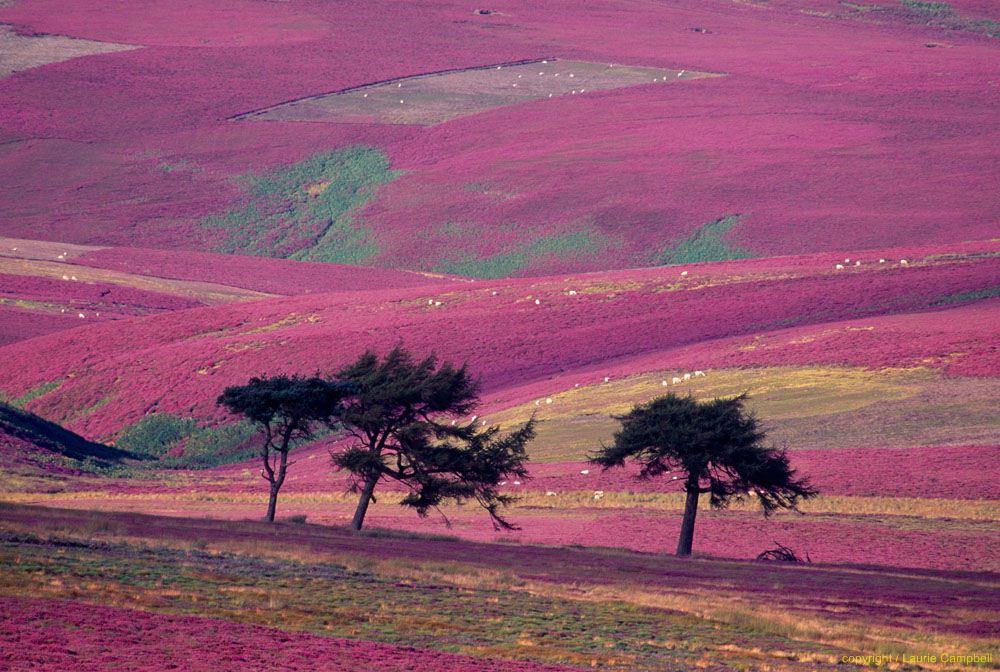Breaking
Operation EASTER ~ 27 years of stopping egg thieves
Man who abseiled down cliff to take peregrine falcon eggs jailed
Newport company fined for the demolition of Bat Roost
Cheshire man sentenced after admitting animal cruelty offences
2,114 seizures of endangered animals and timber in major international law enforcement operation
Natural England prosecutes developer for breaching Bat Mitigation Licence
Vale of Glamorgan man prosecuted for destroying valuable wildlife habitat
Wildlife detectives take part in new Forensics Training programme
PSNI investigate death of two white-tailed eagles
PSNI launch Operation SUBRISION to deter and detect rural and wildlife crime
Lewisham man convicted for illegally exporting ivory
Operation EASTER launched for 2023 - stopping egg thieves and egg collectors
Monmouthshire company fined for damaging an important Great Crested Newt habitat
Two Lincolnshire men sentenced under new hare coursing legislation
Hoard of suspected poached deer skulls and fox tails uncovered after drugs raid in Nottinghamshire
National first as Essex poachers banned from owning dogs
Four men sentenced following hare coursing incidents in Stirling and the Borders
Fine for angler who gave false name to NRW enforcement officer
Blaenau Gwent man prosecuted for encouraging dog to enter a live badger sett
How do we prioritise?
Crimes against wildlife are widespread, numerous and varied. However, the NWCU has limited resources and, accordingly, has to focus its efforts to gain maximum impact. NWCU is therefore informed by the wildlife crime Conservation Advisory Group in relation to the current conservation status of UK species.
The wildlife crime Conservation Advisory Group is comprised of: 
The UK Statutory Nature Conservation Organisations:
- Joint Nature Conservation Committee
- Natural England
- Scottish Natural Heritage
- Department of Acgriculture, Environment and Rural Affairs (DAERA NI)
- Natural Resources Wales
Other statutory agencies:
- Environment Agency
- Marine Management Organisation
- Royal Botanic Gardens (Kew)
Relevant Non Government Organisations
- Bat Conservation Trust
- RSPB
- TRAFFIC
The WCCAG assess the conservation importance of species and habitats and the importance of enforcement intervention.
Together with reports from police forces as to volume of wildlife crime, the NWCU prepare a two-yearly Strategic Assessment, which is presented to the UKTCG (UK Tasking & Co-ordination Group) for wildlife crime. The UKTCG, chaired by the Chief Constable Wildlife Crime lead, decide the UK wildlife crime priority areas. The priority areas are the ones which have been assessed as posing the greatest current threat to either the conservation status of a species or which show the highest volume of crime and therefore they are those that are assessed as requiring an immediate UK-wide tactical response.
Each priority areas have implementation plans with plan owners and leads identified for the prevention and enforcement of crimes.
